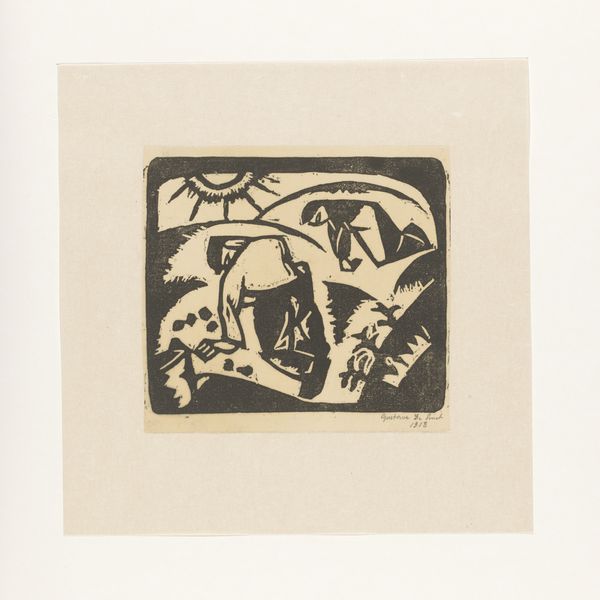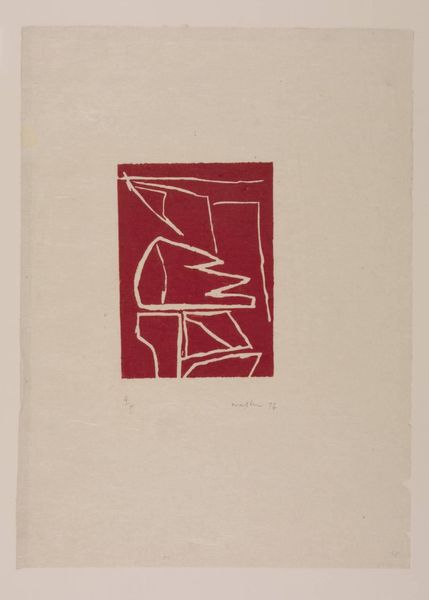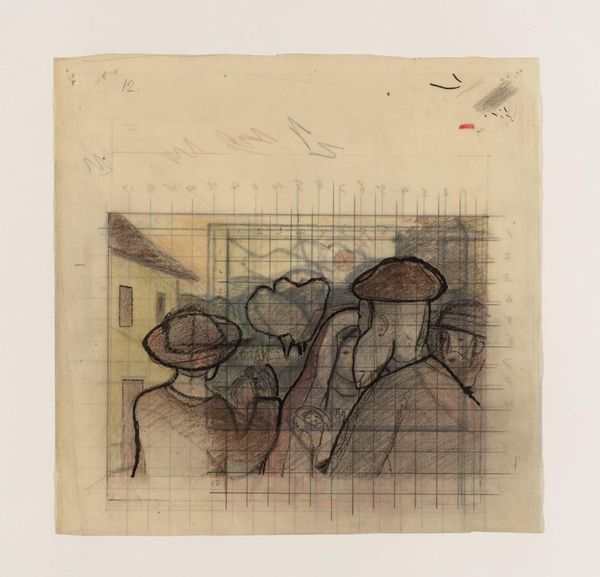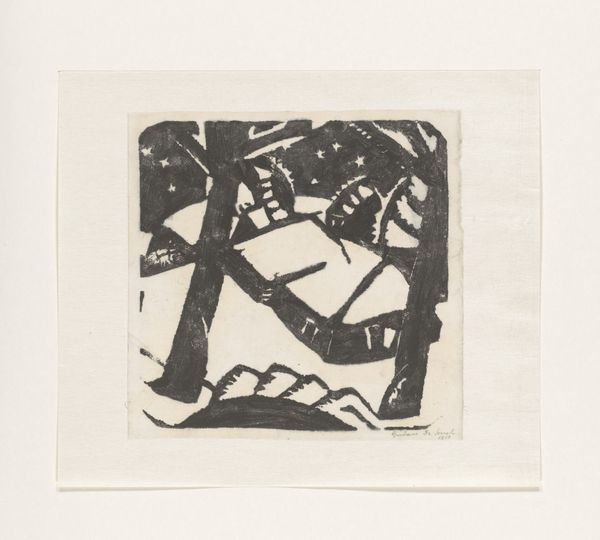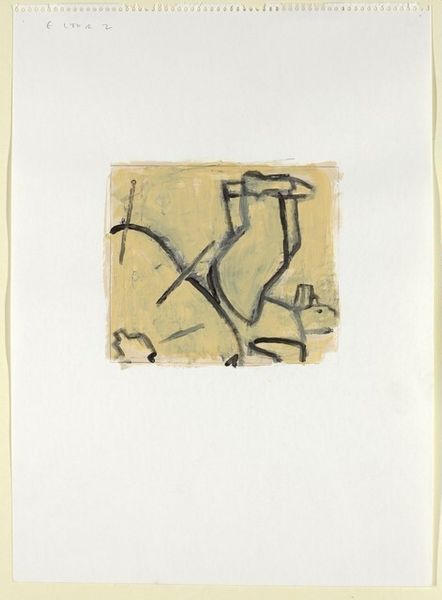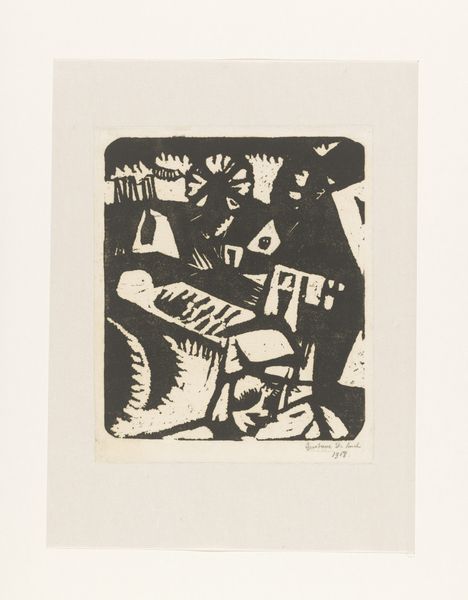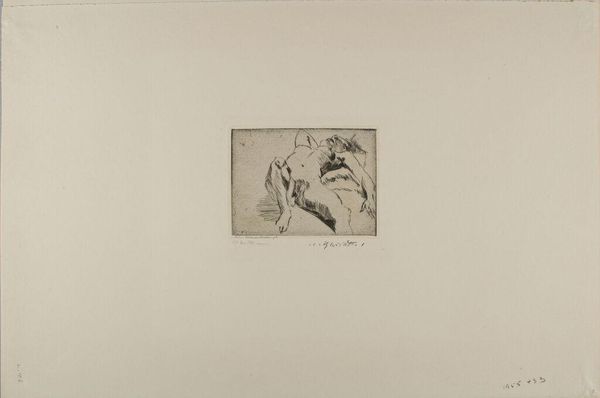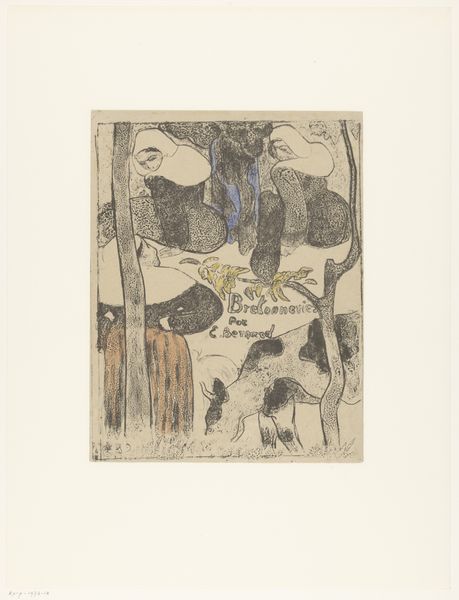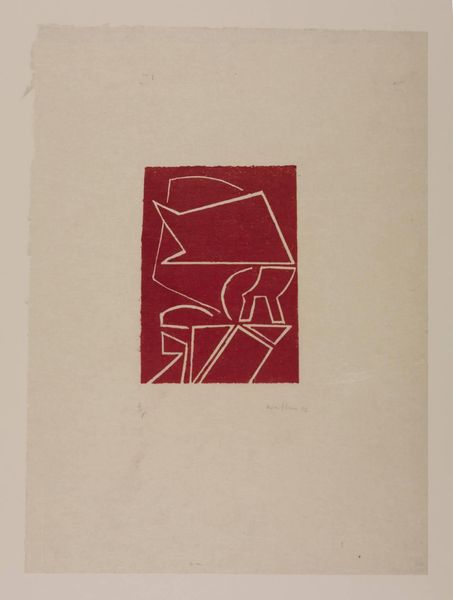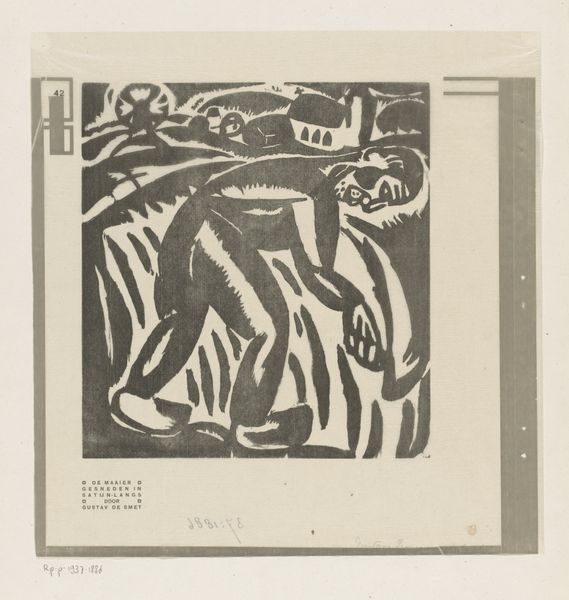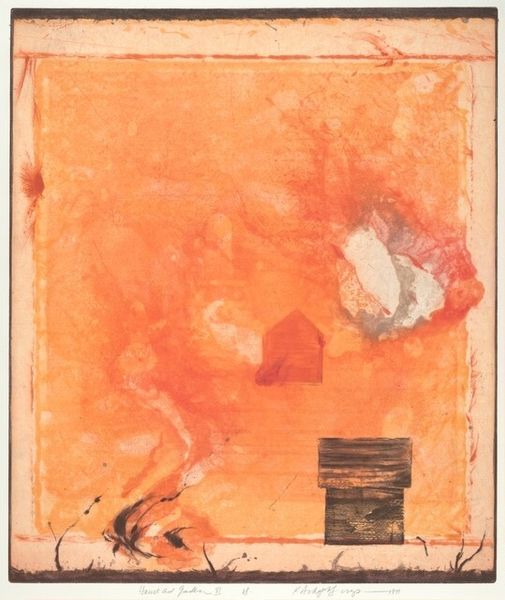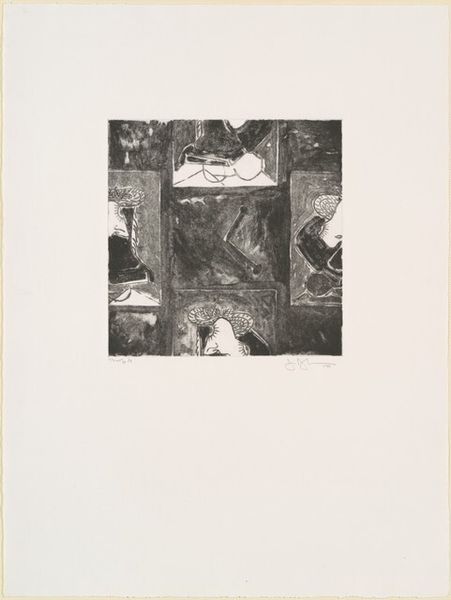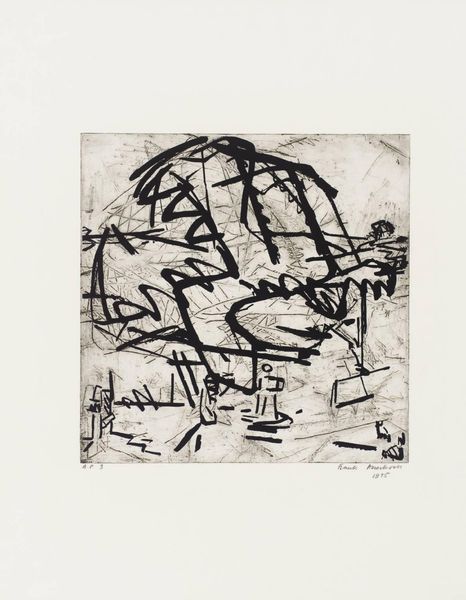
drawing, print, etching
#
drawing
#
contemporary
#
narrative-art
#
linocut
# print
#
etching
#
etching
#
figuration
Dimensions: plate (left): 18.73 × 14.61 cm (7 3/8 × 5 3/4 in.) plate (center): 18.73 × 14.61 cm (7 3/8 × 5 3/4 in.) plate (right): 18.73 × 14.92 cm (7 3/8 × 5 7/8 in.) sheet: 56.83 × 76.2 cm (22 3/8 × 30 in.)
Copyright: National Gallery of Art: CC0 1.0
Editor: This is "Problematical Tripdickery" by Gladys Nilsson, created in 1984, and it seems to be a drawing or print of some kind. I find the composition really intriguing. How do you interpret this work, especially given its title? Curator: Indeed, the "problematical" nature is embedded within the visual structure. Consider the triadic arrangement, the three panels; each presents a distinct yet related scenario. Notice the limited palette. The stark contrast emphasizes the linear quality of the figures. The repeated geometric forms–particularly that unstable triangle – act as a formal anchor. How does the linearity and flatness impact your perception of space within the images? Editor: It flattens everything! It feels almost like a frieze, but more chaotic. What about the narrative elements; the suggestion of little figures interacting with the larger ones? Curator: Observe how those figures, regardless of size, are delineated by crisp outlines, reinforcing the planar composition. It appears the relationship between figure and ground is less about representing depth and more about creating a dynamic visual tension. There's also a very active use of line creating planes that seem to intersect figures haphazardly. Editor: So, it’s not necessarily about telling a specific story, but about the formal relationships at play? The way the shapes and lines interact is more important than any implied narrative. Curator: Precisely. The fragmented figures, coupled with the flat, stylized space, call attention to the drawing's internal structure. We must think not about any narrative per se but about the dynamism of pictorial devices like line, shape and the organization of the composition itself. Editor: That’s a really helpful perspective. I was getting hung up on trying to "understand" the scene. It is more about looking for compositional choices rather than a message. Curator: A close examination of the compositional structure can guide us beyond seeking superficial meaning.
Comments
No comments
Be the first to comment and join the conversation on the ultimate creative platform.
